Hello Hive.
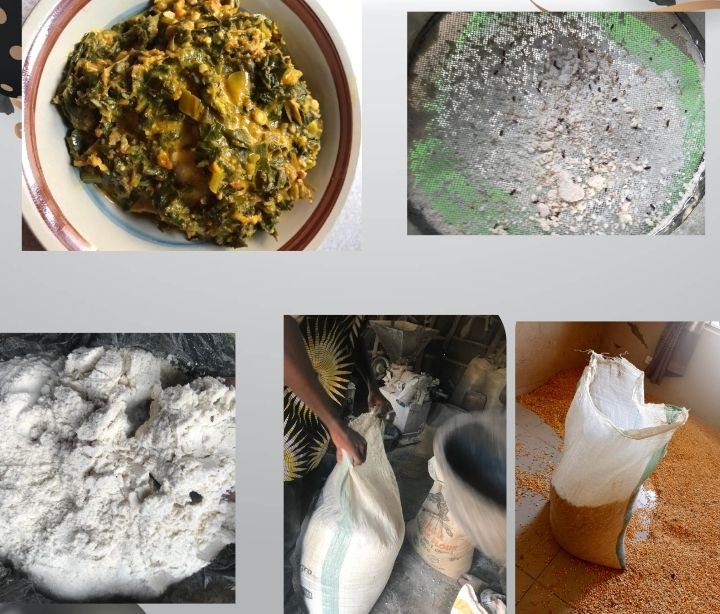
After harvest, corn can be processed into a variety of local meals for consumption around here. One of such meals is when we process corn into corn flour for making "Tuwo," a very popular local dish here. Here is some tuwo I had prepared with some Roselle soup for dinner.
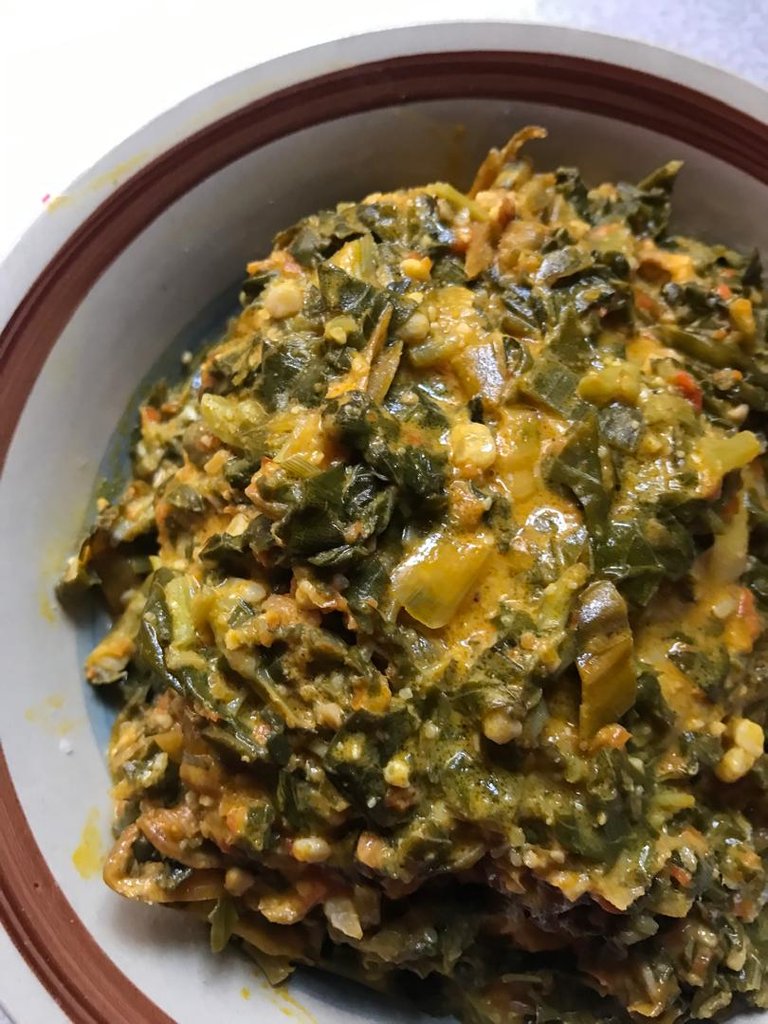
I am sure that not many people are familiar with the fact that corn flour can also be affected by weevils and worms during storage. I equally didn't know about this before until yesterday when I decided to prepare some corn flour meal for the family. To my greatest surprise, I found out about these new discoveries on how that corn flour can also be attacked and damaged by weevils even after we have well processed the corn into flour used for making this corn meal.
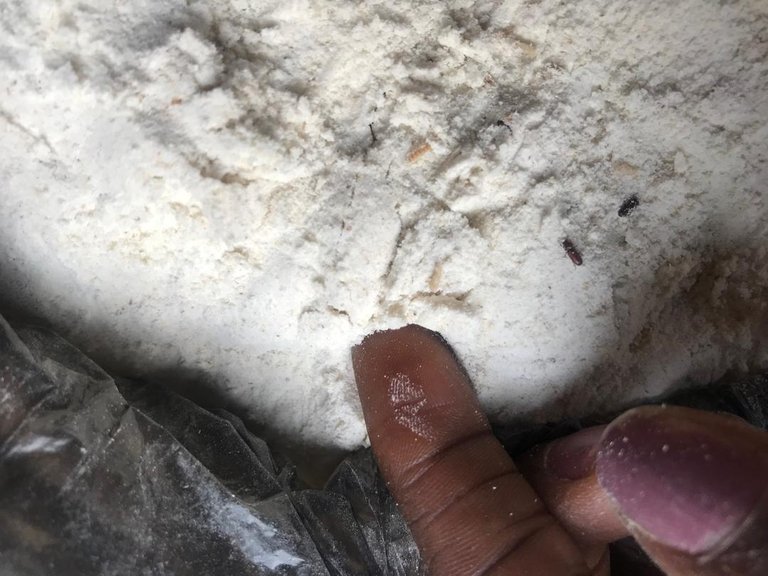
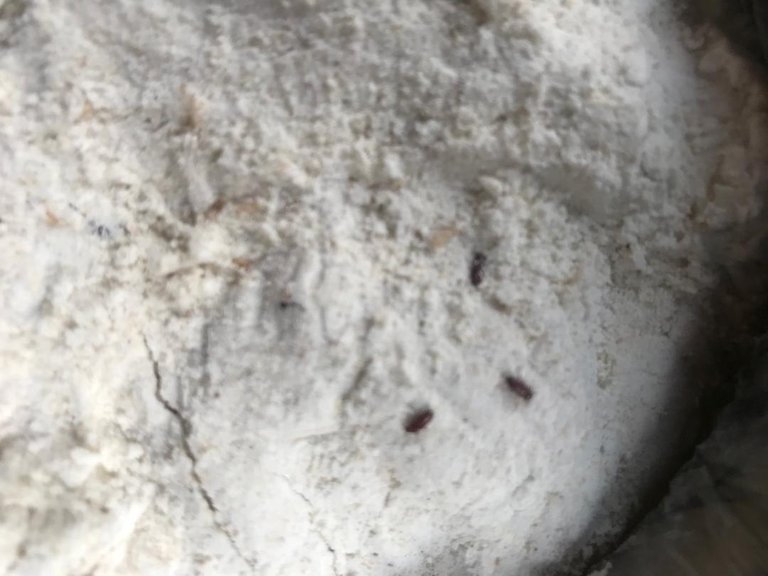
Take a look at my corn flour, which I had blended at the preparation and prepared for food. Some tiny weevils have taken over my stored corn flour. One can equally see some tiny worms inside.
The last time I saw such was when I bought a bag of semovita for food. We all know that semovita is processed from wheat. The bag of semovita had not yet reached its expiry date when it began to have some worms inside it. Typical I'm not too sure if that was unfit for consumption, and like most of my fellow countrymen, we just take a sieve, filter out the worms well, and ensure that we cook the food properly and over enough exposure to heat before consuming.
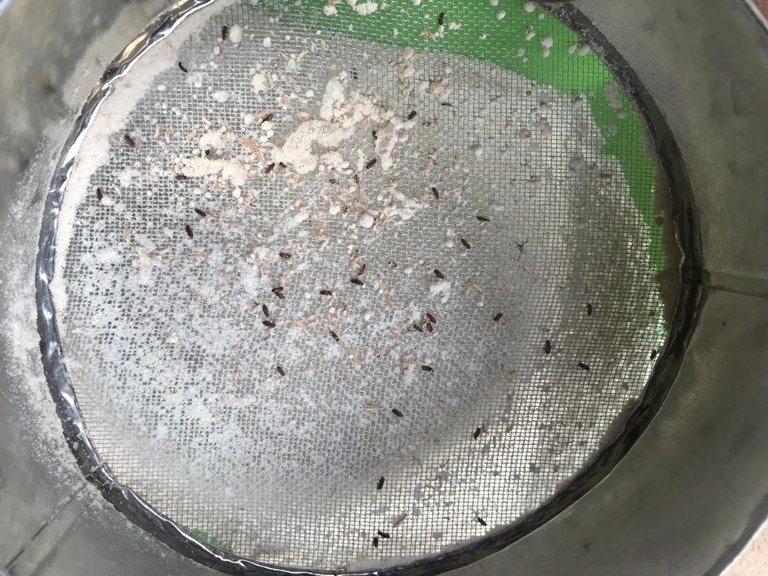
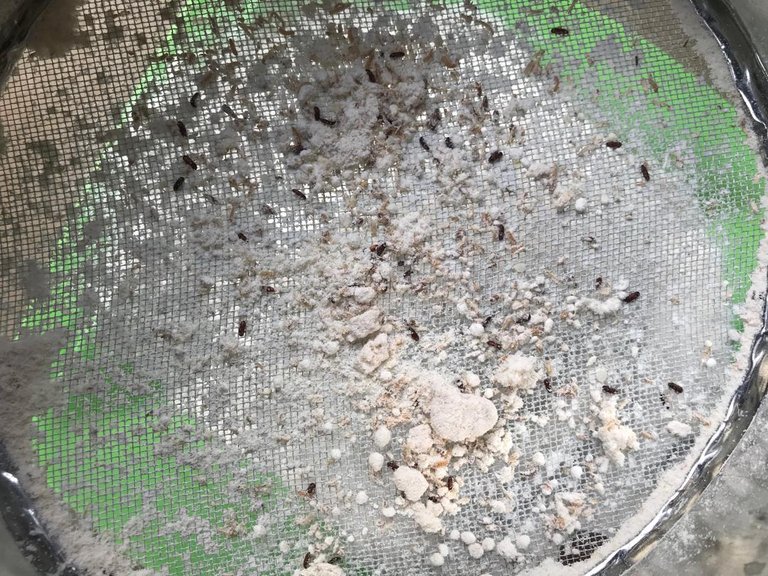
So I have gone ahead and filtered out the weevils and prepared some cornmeal swallow food for dinner with our favorites, Roselle and groundnut soup.
Having complained about this to a neighbor, she taught me about a new method of preparing and preserving corn flour so that we don't have these kinds of experiences.
At first I thought that only stored corn could develop weevils, but now I realize that even stored corn flour can develop weevils if we do not prepare the flour well.
Contrary to how I have often just blended the corn after removing dirt. The woman taught me how process this corn in another way
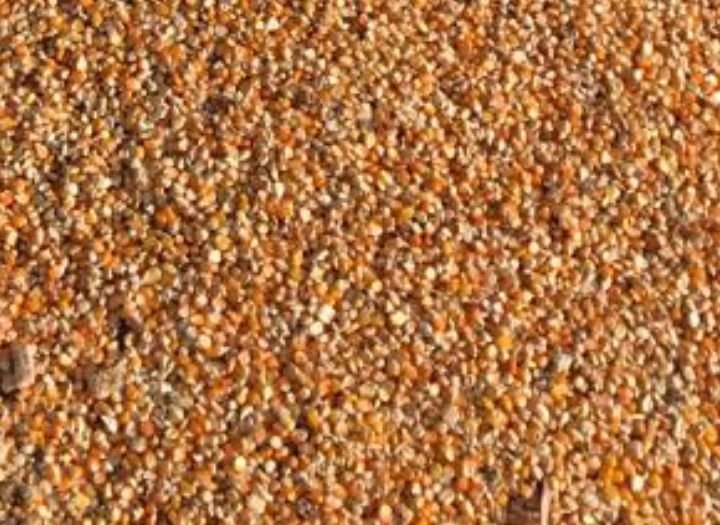
- We first peel the back of the corn at the mill. It's a good thing that we have machines at the meal that first peels the corn.
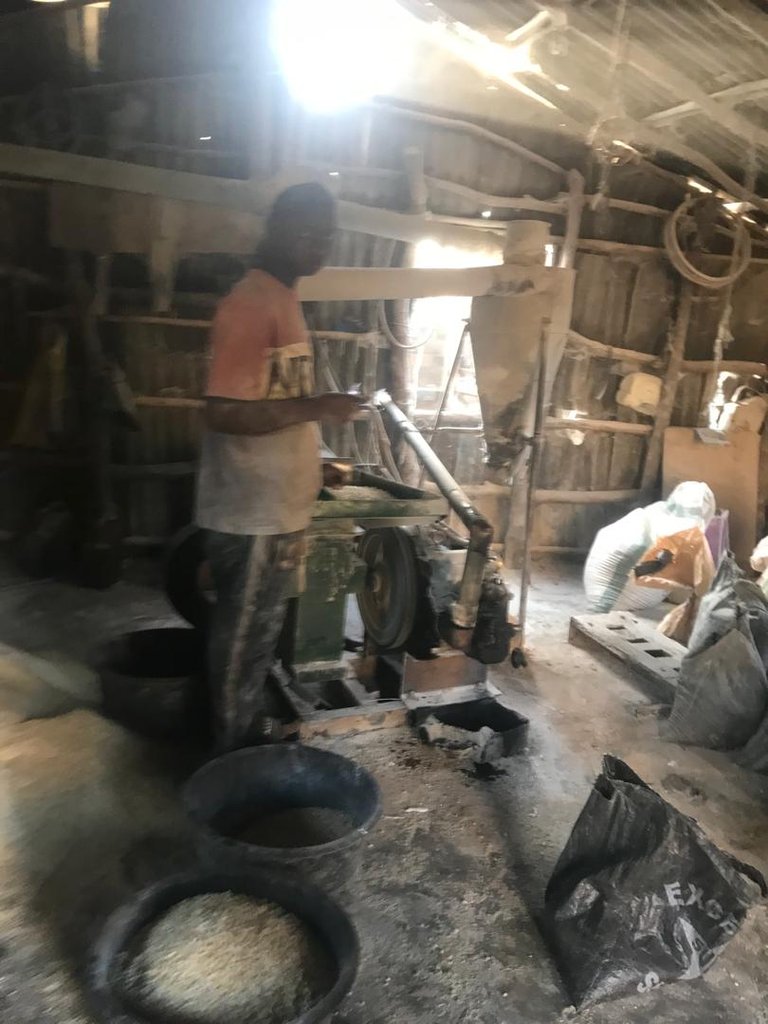
Machine for
While there are equally other machines used in blending the corn.
- Next we soak the corn in water and allow it to ferment.
We can soak it in water for a day or two.
After that we sun-dry properly allowing all the water in it to dry off.
Then we can finally take it to the mill for blending this into fine flour here.
If we follow this processing method it is possible that our corn flour will not develop some worms in before consumption.
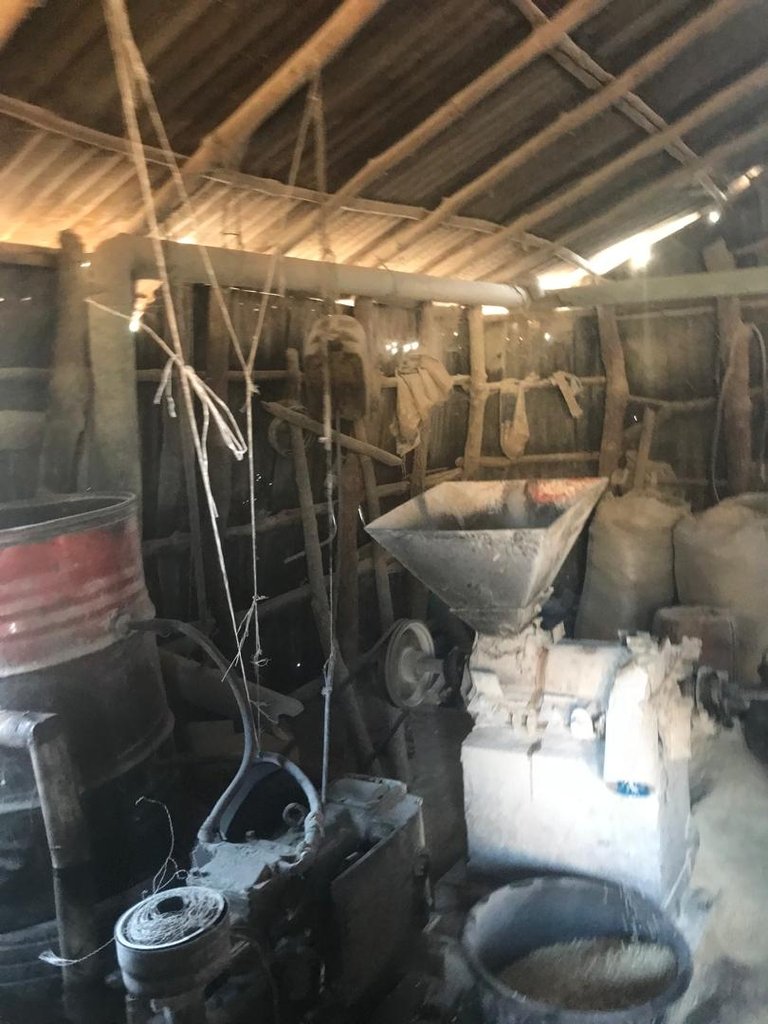
Machines for milling corn
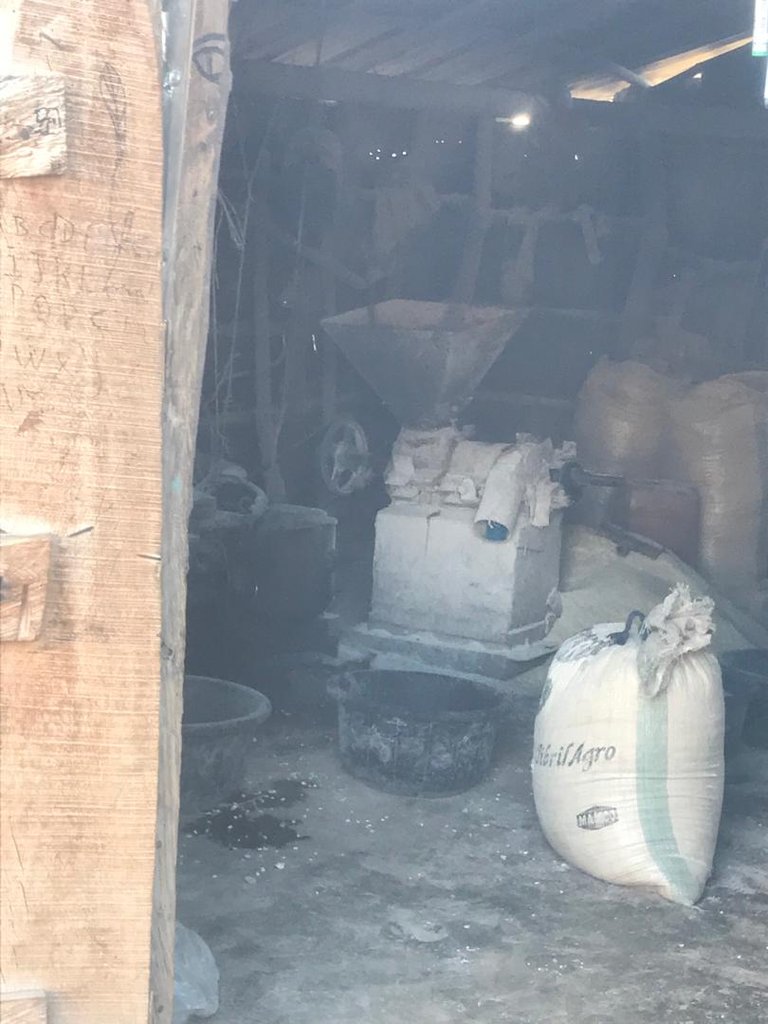
This processing method equally reduces the quantity of starch present in the corn making it more healthier for food.
We certainly do not want to see worms or weevils in our corn flour.
Hence, it's a good thing to learn about the proper preparation and preservation method for corn flour. Harvesting is not just enough until we can properly preserve and process our meals for consumption.
It's a good thing you shared what happened to your neighbor. It's a life saver.It's great you have an idea already how to preserve corn flour properly. You don't have to worry anymore in the future.
Exactly, do you have corn flour in your country?
Truly preservation is the problem we have here, but I can see that you have a method of doing that. It makes yours different from others that do not know.